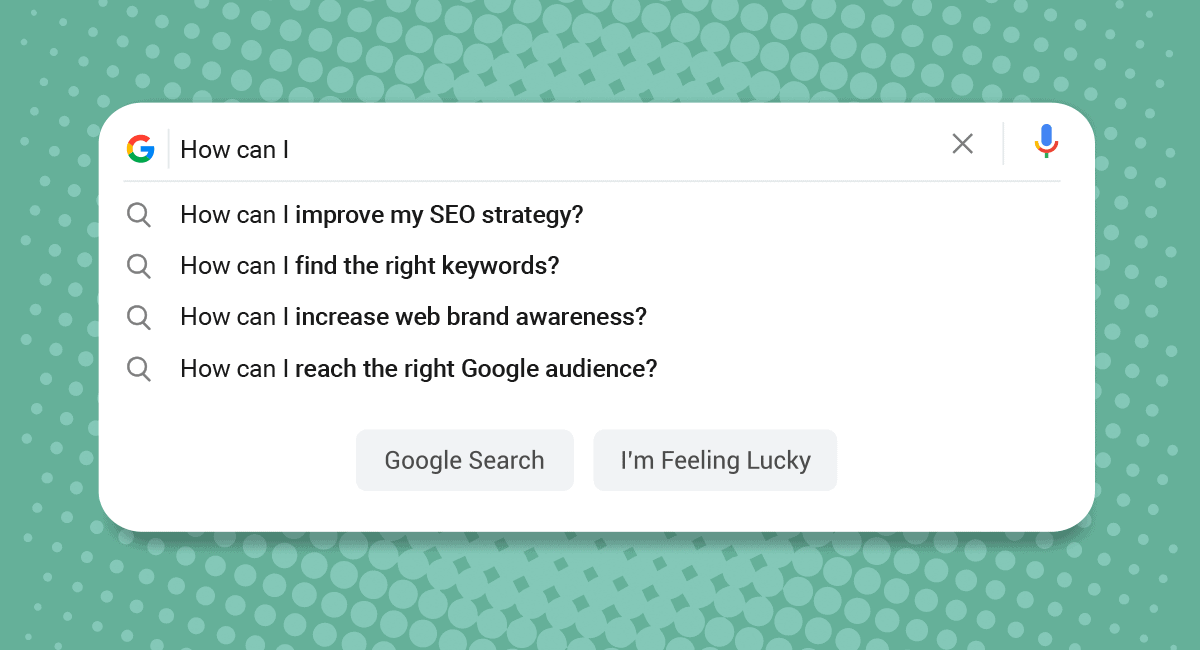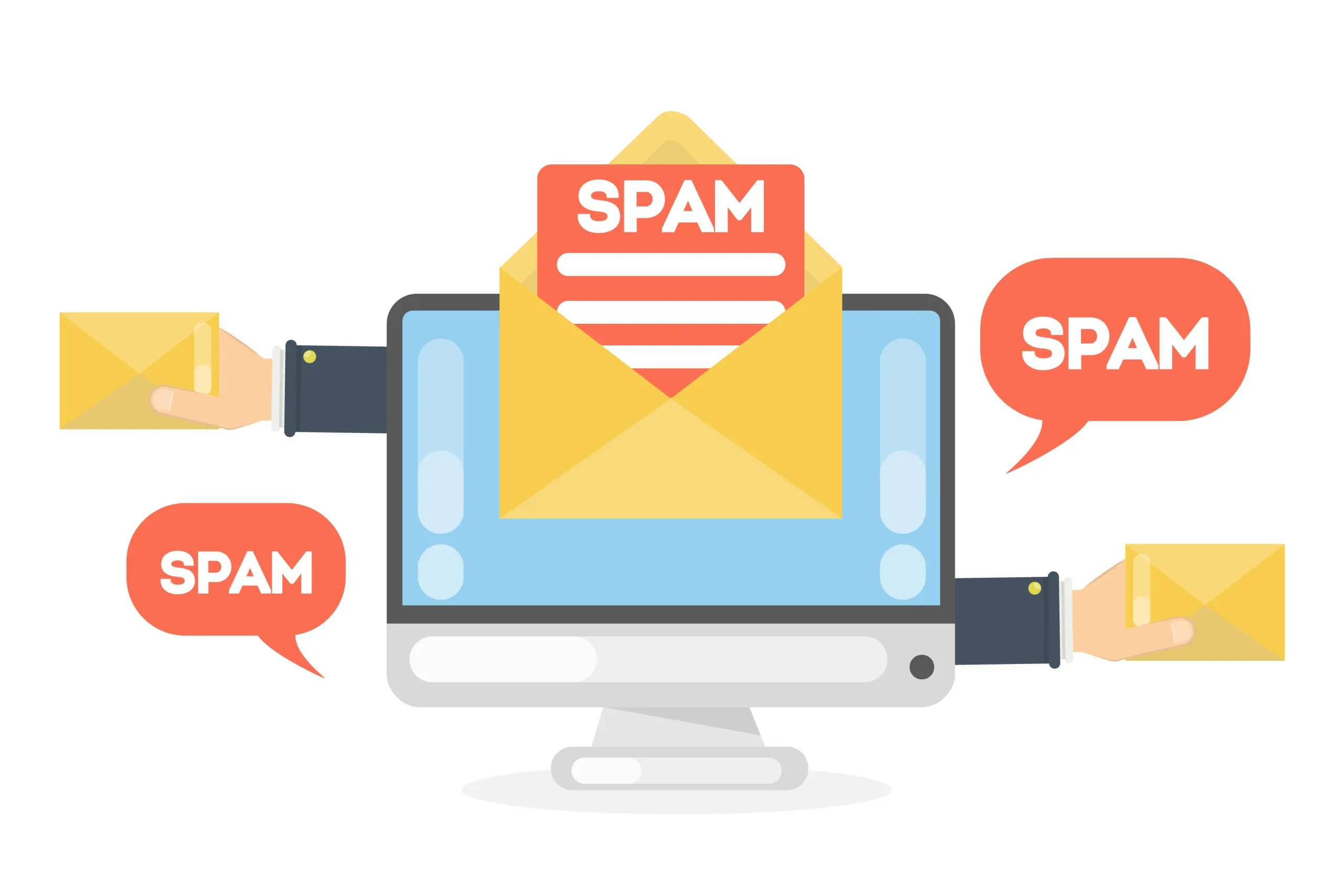Blog writing is often the core of a content marketing strategy, and it can be a useful tool to showcase your company’s expertise and build a reputation as a thought leader in your industry. The internet is home to more than 600 million blogs and counting, with 7.5 million new posts published each day, according to EarthWeb. So, reaching your target audience isn’t as easy as publishing a few posts and crossing your fingers. While your content marketing strategy can include a variety of content such as case studies, white papers and infographics that can help you reach a wider audience, a blog is a great place to start.
In order to optimize your ranking in search engine results and, by default, reach more readers, you must provide quality content that interests them and keeps them coming back. Read on for tips to cultivate an engaged audience.
Address common questions and concerns
Check out common Google searches related to your industry and ask other employees about the questions or concerns they most commonly receive. Structure a few blog posts around these topics, and title them similarly to one of the common Google search terms. For example, if you see that a common search is “how to design a website,” you could title your blog post “How to Design a Flawless Website.”
Acknowledging your audience’s needs in this way—and providing a blog post full of useful information—can help boost your audience engagement.
Don’t write a novel
Keep your blog posts relatively brief, as most readers quickly skim web content rather than reading each word. For reader engagement and education, 300 to 600 should be sufficient. You can go upwards of 1,000 to 1,500 if SEO is a primary goal. In most cases, it’s best to have a variety of lengths, incorporating graphics, photography and video when appropriate.
Posts should get to the point quickly and concisely, and link to relevant articles and information from your site and others to assist in readers’ research process. Use skim-friendly formatting such as subheads, bulleted lists and short paragraphs to break up the content and make your posts attractive to search engines.
Promote your content on multiple channels
Once your blog posts are live, it’s important to promote them beyond your website. Social media and email newsletters are great cost-effective tools for promoting your content to a targeted audience. Doing so expands the reach of each post, giving you the potential to engage people who may not seek out your website specifically.
People may share or comment on your social posts, spreading your message to an even wider group. Be sure to engage with readers on social platforms—you may find a few topic ideas in the comments!
Provide quality content consistently
There’s no way around it: building an audience takes time. If you consistently provide content that your readers want and find useful, over time they may begin to expect it from you and will associate your blog with reliable information. This consistency will also help you identify the topics or formats that are most popular so you can continue to deliver the content your readers want.
Growing a targeted and engaged audience can feel cumbersome at times, but remember: if you listen to your audience, strive to offer high quality information and promote your content through the appropriate channels, you’ll build a solid community.






